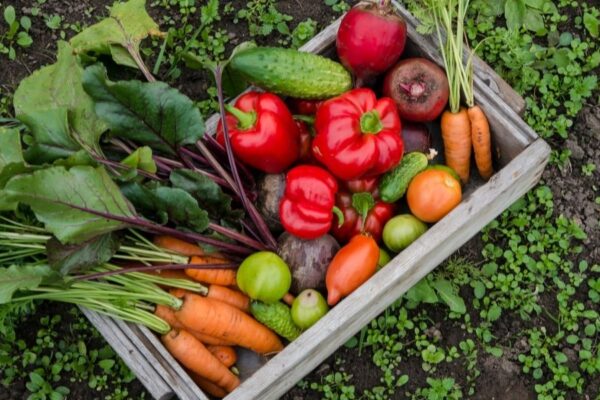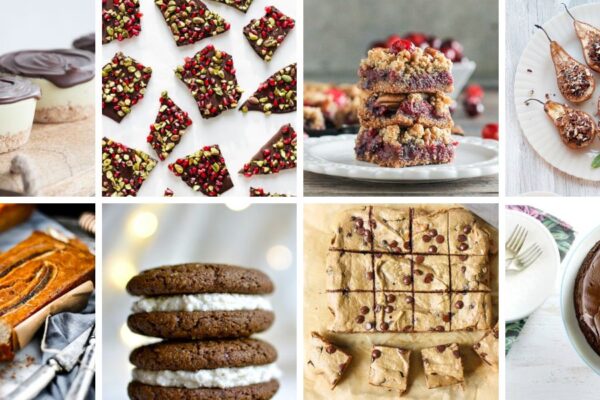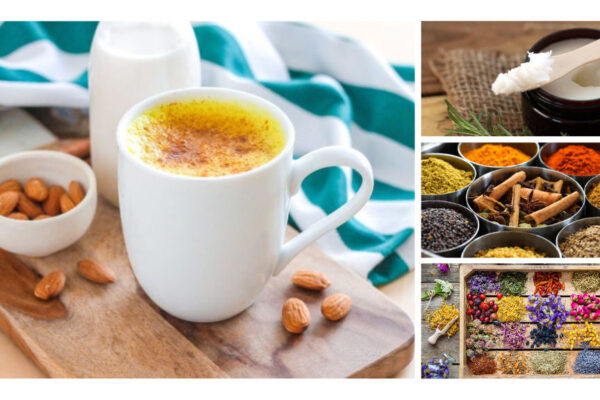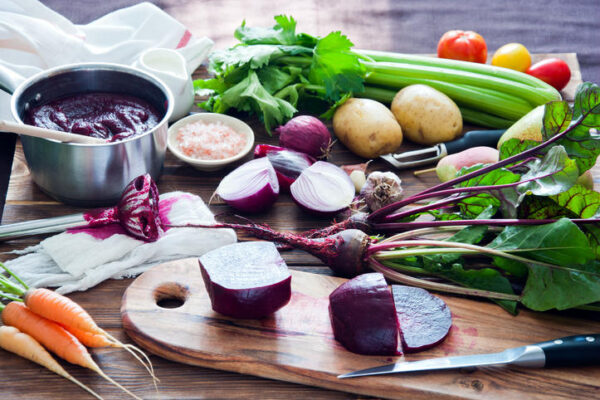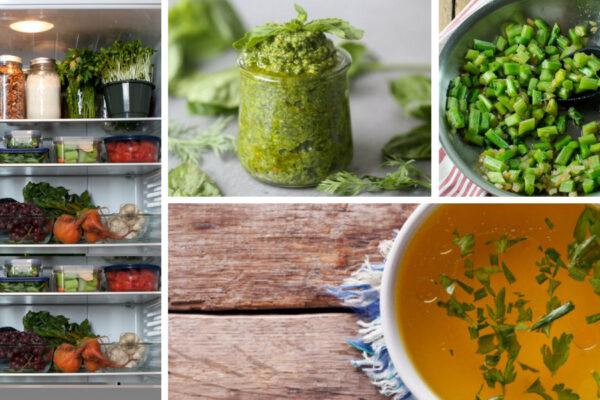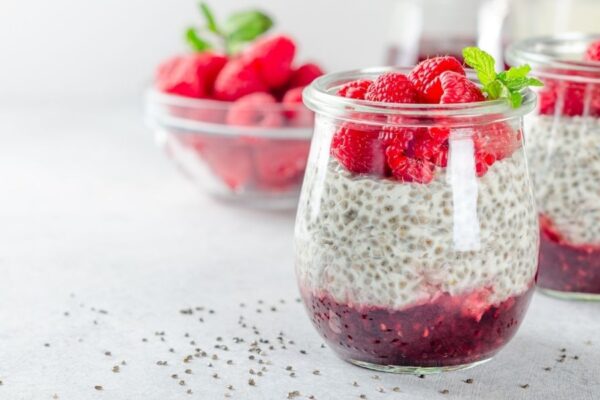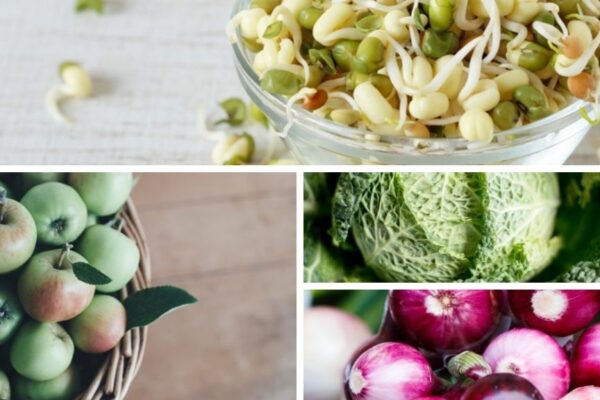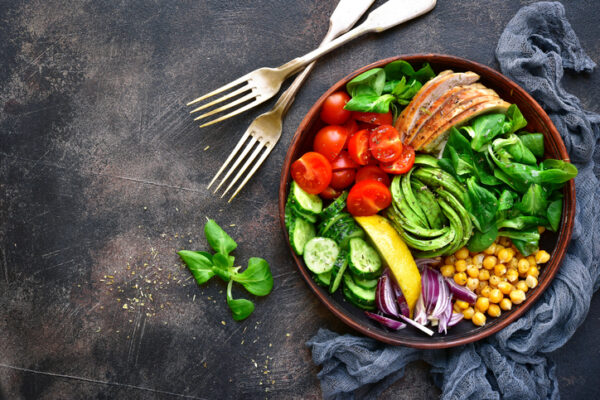How to Cook with Edible Flowers
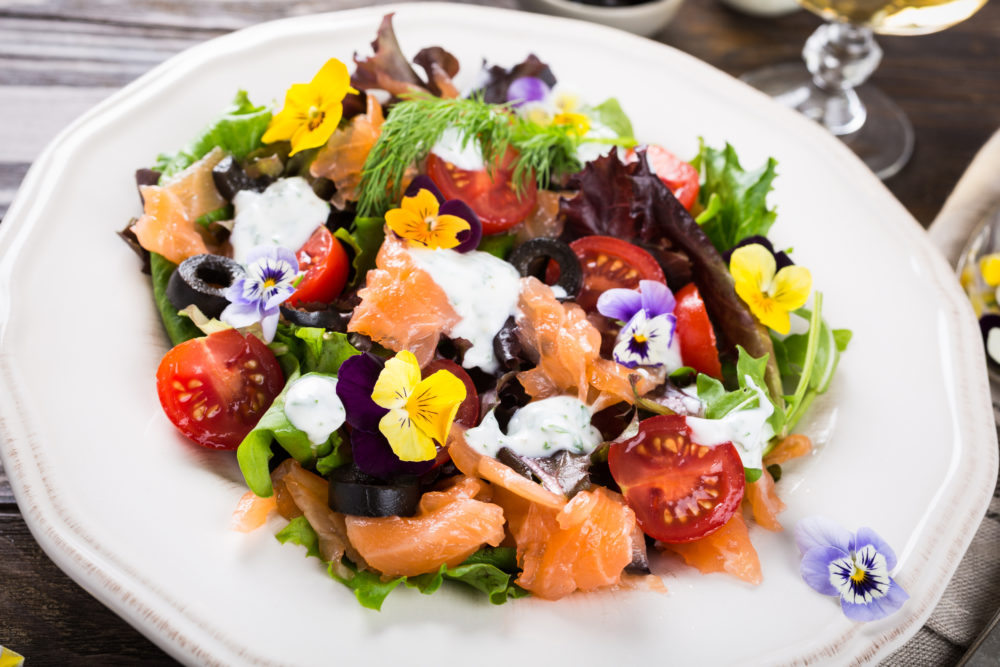
Pansies on top of a cake and a lavender sprig in your cocktail – these are just a couple ways to enjoy the wonderful world of edible flowers. There are dozens of flowers that could be used medicinally and for culinary purposes, and summer is the best time to enjoy them. Edible flowers date back to the Roman times and many are most likely growing in your backyard. Today, chefs around the world are using edible flowers in their dishes to create unique flavours. This guide will help you learn how to cook with edible flowers to add both visual appeal and flavour to your meals.
What are Edible Flowers?
Edible flowers are flowers that can be consumed safely. Not all flowers are edible. Please always enjoy edible flowers that you know are safe, free of pesticides and are not near a roadside. Edible flowers should always be enjoyed in moderation, as some can cause digestive issues. Edible flowers can be enjoyed as a main dish, side dish, incorporated into salads, added to smoothie bowls, enjoyed raw or added to a signature cocktail.
Guide to Edible Flowers
German Chamomile
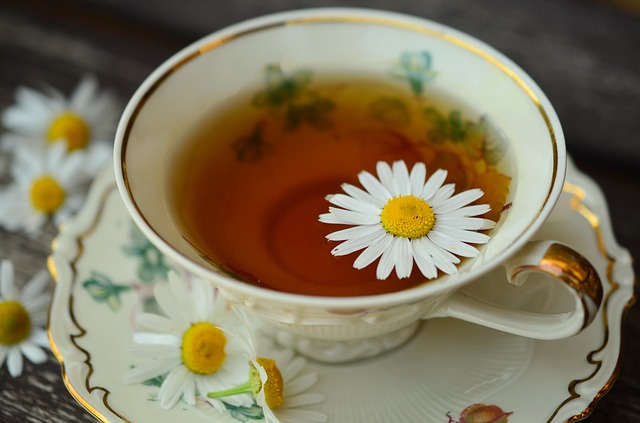
Key Health Benefits: Helps relieve gastrointestinal spasms, soothes digestion and is a great sleep aid, especially for children. It will also help calm your mind when you have trouble with racing thoughts.
Flavour Profile: Crisp apple and floral. Chamomile is light in flavour but if over steeped (as a tea) can become very bitter.
How to Use: The easiest and most popular way to extract the medicinal properties is to brew a cup of chamomile flower tea. If you wanted to incorporate chamomile into a healthy snack, try using it in gluten-free baked goods, dairy-free ice cream or energy bars.
Recipe to Try: Chamomile Ginger Raw Energy Bars
Lavender
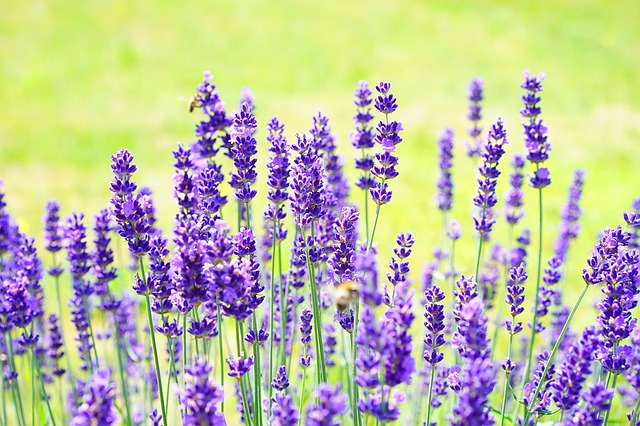
Key Health Benefits: Reduces anxiety and stress, induces sleep and helps heal burns and cuts.
Flavour Profile: Floral, minty, sometimes a bit earthy tasting.
How to Use: Lavender could be used many different ways in the culinary world, but I would say one of the most popular ways is to enjoy it as a tea right before bed. Its relaxing, calming effects should help you drift right off to sleep. Lavender is also a main ingredient in herbes de Provence spice mix, so it can be used on chicken, turkey or fish. More delicious ways include ice cream, granola and dairy-free elixirs.
Recipe to Try: Vegan Lavender Ice Cream
Squash Blossoms
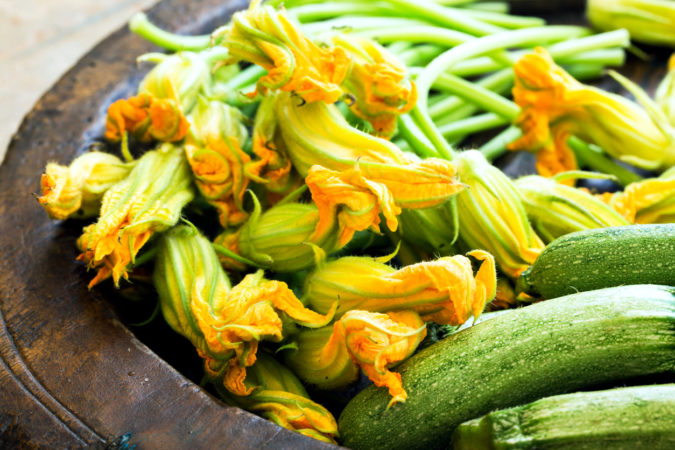
Key Health Benefits: High in Vitamin C and A, as well as calcium and iron.
Flavour Profile: Mild squash flavour when eaten raw, but will adapt well to any way you prepare it.
How to Use: Fresh, fried, baked, stuffed, in pasta and in soup. This flower is so versatile you can really enjoy it any way you’d like. A light pasta dish on a warm summer evening is always a great go-to.
Recipe to Try: Vegan Truffled ‘Ricotta’ Stuffed Zucchini Blossoms
Hibiscus
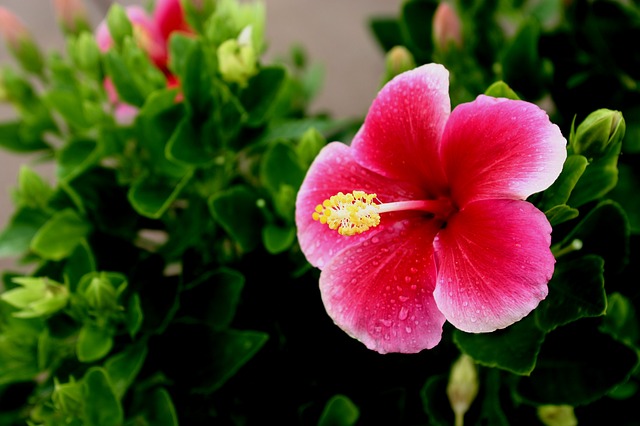
Key Health Benefits: High in soluble fiber, which is helpful for supporting a healthy intestinal flora and reducing excess cholesterol. Hibiscus is high in Vitamin C and other heart-healthy compounds.
Flavour Profile: Sour and astringent. Hibiscus is also cooling and drying. Hibiscus is a tropical flower; therefore it is used dried most often north of the equator.
How to Use: Hibiscus is high in pectin, so can be used in homemade jellies and jams and pairs well with sweeter fruits like strawberries and raspberries. Hibiscus can also be brewed as a refreshing iced tea on a hot summer day.
Recipe to Try: Green Tea Hibiscus Pops (sub sugar for a natural sweetener)
Daylily
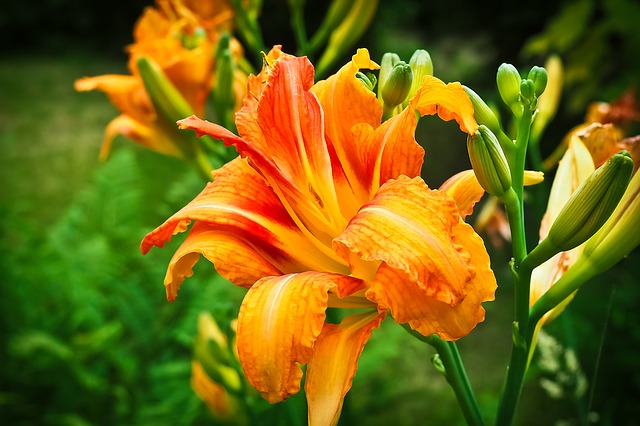
Key Health Benefits: Good dose of Vitamin C and beta-carotene. Daylilies can also help detoxify the body and help with insomnia.
Flavour Profile: Mild and “green” tasting. The way you prepare the flower is what is going to create the flavour.
How to Use: Sprinkle petals in a salad, stuff them with hummus or nut cheese or add to a soup/stew.
Recipe to Try: Sautéed Day Lilies
Violet
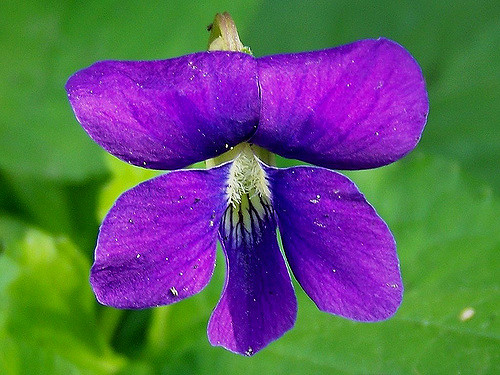
Key Health Benefits: Anti-inflammatory, helps clear mucus and has anti-tumor properties. The leaves contain soluble fiber, Vitamin C and beta-carotene.
Flavour Profile: Spring! If spring had a flavour, violets would be it. Violets are one of the first flowers to appear in the early spring days, clean and fresh, crisp and delicate.
How to Use: Enjoy as a springtime tea/infusion or make a syrup to help with a dry hacking cough. Violets can also be used as a tonic for chronically swollen lymph nodes, or as a remedy for urinary tract infections mixed with cranberry. Externally, violets can be infused in an organic olive oil for 6-8 weeks, strained and applied as a breast massage for cysts.
Recipe to Try: Violet Lemonade
Dandelion
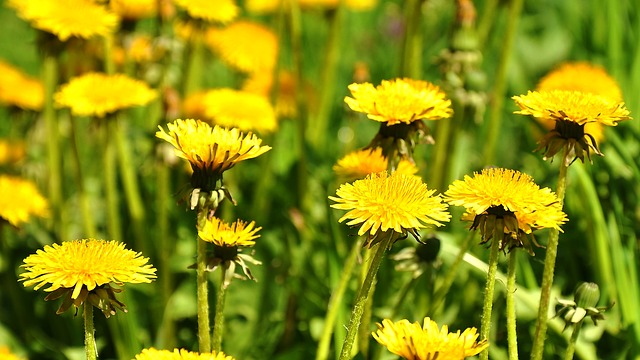
Key Health Benefits: Classic blood and liver tonic. Helps with digestion, as well as an excellent tonic to relieve conditions such as acne, psoriasis and eczema.
Flavour Profile: Flower: slightly sweet with not much scent. Leaves and roots: Bitter.
How to Use: All parts of the dandelion plant can be used, from flower to root. Flowers infused in a raw, local honey make a great addition to tea, toast or oatmeal. The leaves can be used as a salad green and the roasted roots can be used as a substitute for coffee. An infused vinegar of flowers and leaves makes a great salad dressing and bitters made with dandelion leaf can be used before or after meals to help with digestion.
Recipe to Try: No Bake Dandelion Beet Chocolate Bars
Nasturtium
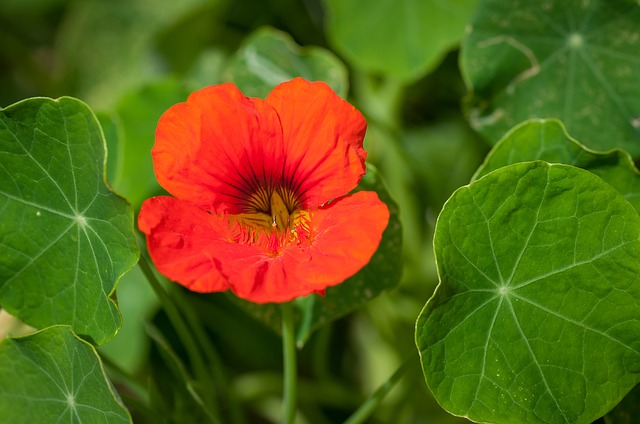
Key Health Benefits: Vitamin C, flavonoids and carotenoids as well as antimicrobial and antibiotic properties.
Flavour Profile: Spicy, peppery taste.
How to Use: Tossed in a salad to add a great kick of spice as well as beautiful color. Nasturtium flowers can also be made into an infusion and taken to help infections, the common cold and influenza. Externally, nasturtiums help with hair regrowth, fungal infections and muscular pain. Nasturtiums can also make a delicious appetizer at your next get together – just stuff with your favorite hummus or spread and enjoy!
Recipe to Try: Nasturtium, Beet and Walnut Summer Salad
Milkweed
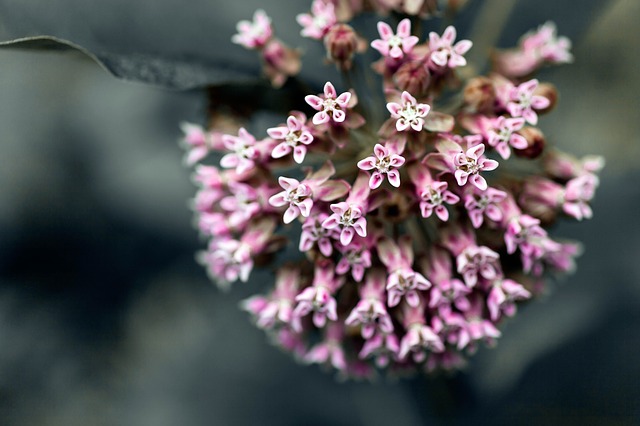
Key Health Benefits: Helps relax the bronchioles and relieve lung spasms, asthma and bronchitis. Milkweed can also help with digestive issues such as constipation.
Flavour Profile: Mild and a bit sweet.
How to Use: Milkweed needs to be used with caution as too much can be toxic. Please always be certain on which type of flower you are consuming. Milkweed flowers can be pickled and enjoyed throughout the winter months. Milkweed flowers are also the main source of food for monarch butterflies so please harvest sustainably.
Recipe to Try: Pickled Milkweed Flowers
Now that you have a whole new outlook on edible flowers and how they can be enjoyed, please always be certain you are only using safe flowers. If you know an herbalist in your area, reach out and chat with them about what is safe and not safe, and if you don’t have someone local, check with your local co-op extension and they will be able to direct you in the right direction.
Happy flower eating!
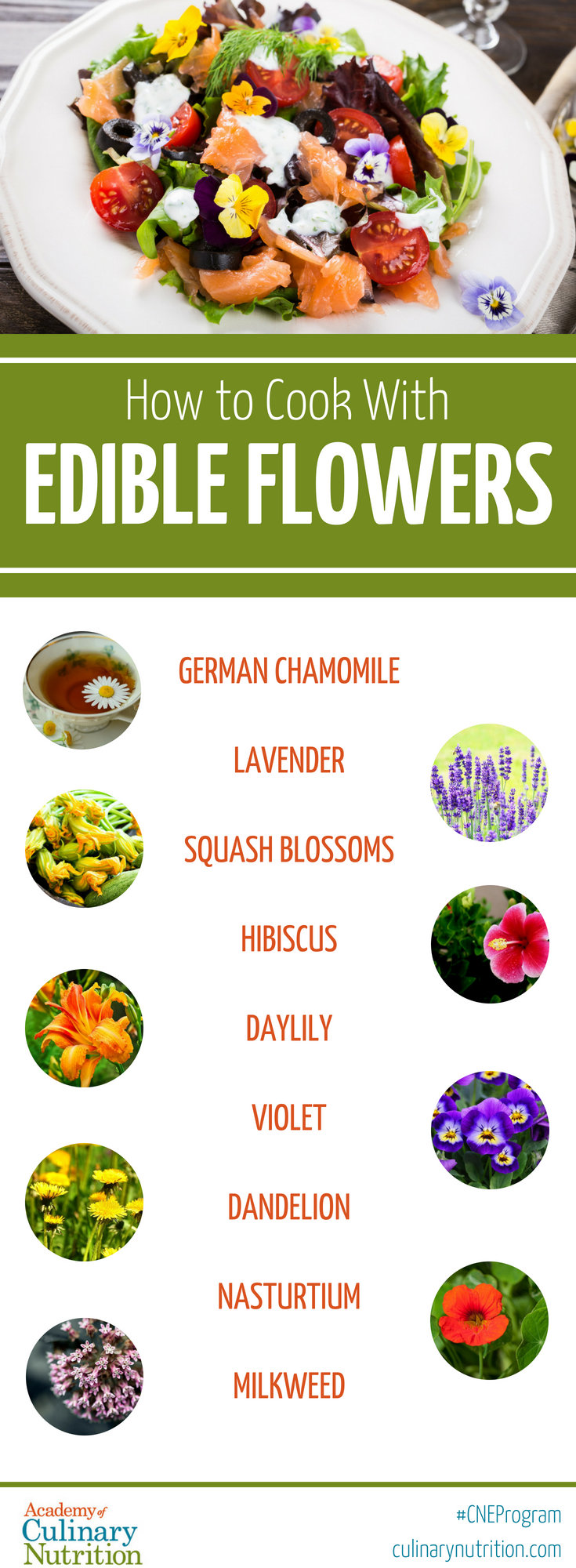
Photo: iStock/Iryna Melnyk
Photo: IStock/Olgaorly
Free Resource Library
Enjoy more than 40 downloadable guides, recipes, and resources.















